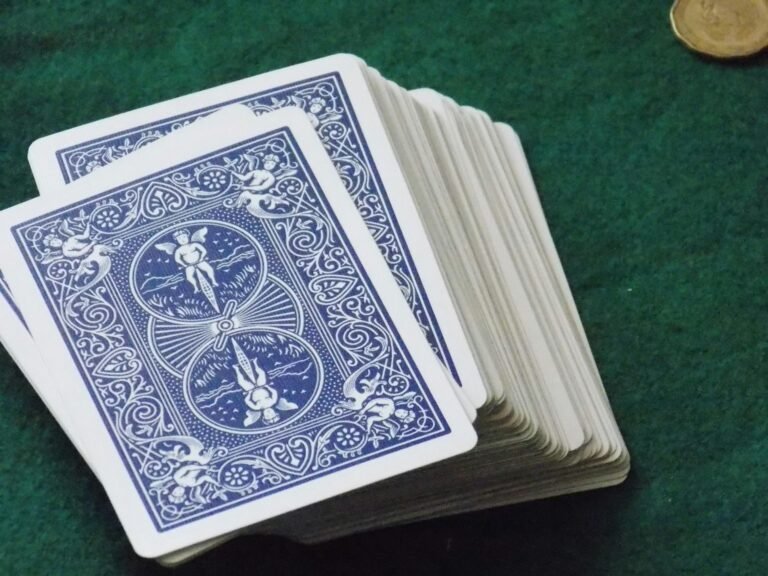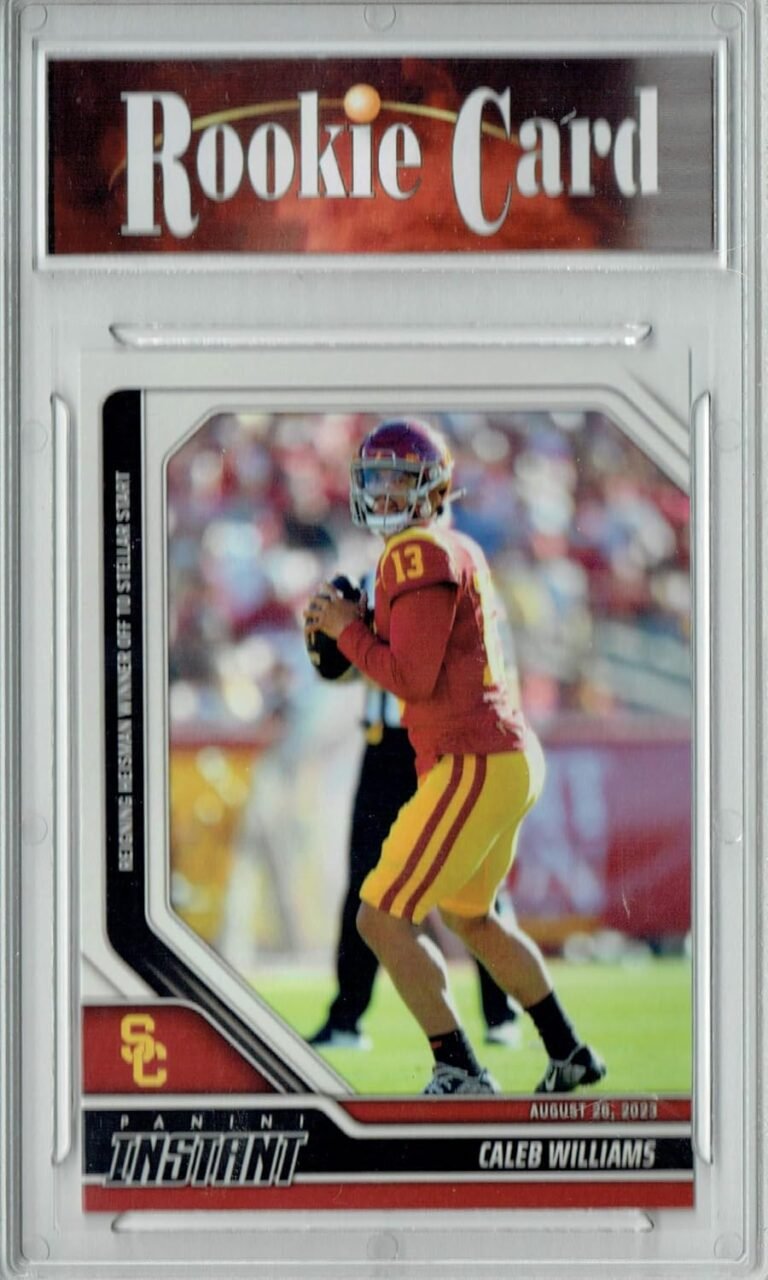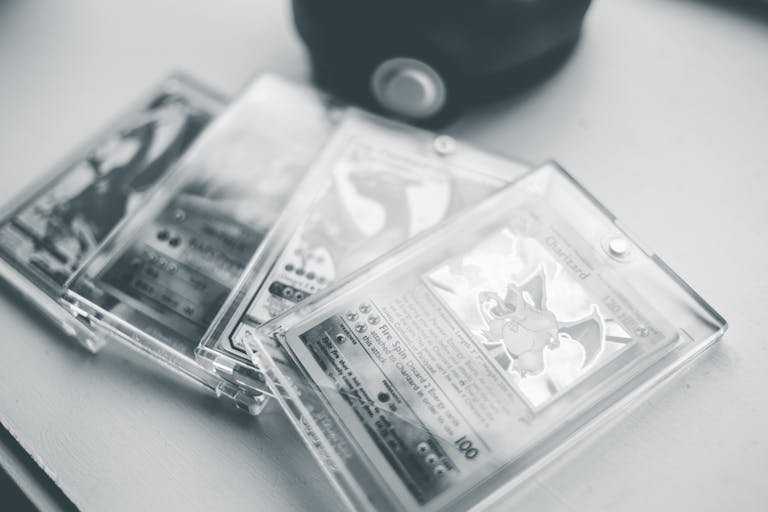Card Trimming Exposed: Protect Your Sports Card Investment
Card trimming is a deceptive practice that not only devalues the integrity of collectible cards but also undermines the trust within the collectors’ community. For hobbyists and card game enthusiasts, understanding the signs of card trimming is an essential skill that can protect both your investments and the authenticity of your collection.
In this comprehensive guide, I will explore what card trimming is, why it happens, how to detect it, and ways to prevent it. Additionally, I’ll discuss the ethical implications of this practice and the role of grading companies in maintaining card integrity. By the end of this post, you’ll have all the knowledge you need to safeguard your collection from this insidious practice.
What is Card Trimming?
Card trimming involves altering the edges of a collectible card to make it appear in better condition than it is. This is usually done to remove wear and tear, making the card look sharper and more valuable.
Why is it Done?
Collectors and sellers trim cards to increase their value. A card that appears to be in mint condition can fetch a significantly higher price than one that shows signs of aging or damage. However, what might seem like a harmless touch-up is a form of fraud that can deceive buyers and degrade the integrity of the collectible market?
The Impact of Card Trimming on the Sports Card Market
Card trimming has severe consequences for the sports card market. It undermines trust between buyers and sellers, devalues authentic cards, and can lead to significant financial losses for unsuspecting collectors. Knowing how to spot trimmed cards can save you from these pitfalls and help maintain the integrity of your collection.
In-Depth Detection Methods
Beyond the Basics
While visual inspection is a good starting point, advanced techniques are often required for accurate detection of trimmed cards. Here are some methods to consider:
- Image Analysis Software: Some software platforms can analyze card images for irregularities.
- UV Light Examination: Using UV light can reveal inconsistencies in card edges and surfaces.
- Professional Authentication Services: Opt for professional services that specialize in detecting card alterations.
Case Studies
Let’s look at real-world examples to understand how trimmed cards can be identified. One case involved a rare baseball card that was sold for thousands of dollars. The buyer later discovered through UV light examination and professional authentication that the card had been trimmed. This led to legal actions and financial repercussions for the seller.
Prevention Tips
To prevent falling victim to card trimming, follow these tips:
- Always buy from reputable sellers.
- Use professional grading services for high-value cards.
- Educate yourself on the tell-tale signs of trimmed cards.
Read Also: Score Big Flipping Cards: Your Game-Winning Guide
The Psychology of Card Trimming
Understanding the Mindset
Why do people trim cards? For some, it’s the lure of quick financial gain. Others may do it out of a desire to be recognized within the collector community for having rare, high-grade items. Understanding these motivations can help you be more vigilant in your inspections.
Ethical Implications
Card trimming raises significant ethical questions. Is it fair to alter a card to increase its value? Most collectors would argue that it is not, as it amounts to deception. This practice not only cheats buyers but also tarnishes the overall integrity of the hobby.
The Role of Grading Companies
Protecting Against Trimmed Cards
Grading companies play a crucial role in protecting the market from trimmed cards. They use advanced techniques to verify the authenticity of cards and ensure they have not been altered.
The Importance of Reputable Services
Always use reputable grading services like PSA (Professional Sports Authenticator) or Beckett Grading Services. These companies have stringent checks in place to identify any form of card alteration, including trimming.
Legal and Ethical Considerations
The Legality of Card Trimming
Card trimming is not only unethical but can also be illegal. Selling a trimmed card without disclosing its alteration is considered fraud and can lead to legal repercussions.
Legal Consequences
Buyers and sellers involved in the trading of trimmed cards can face lawsuits, fines, and even imprisonment. Therefore, it’s crucial to avoid engaging in or supporting this practice.
Read Also: Shohei Ohtani Card: Hit or Miss?
Closing Words
Card trimming is a significant issue that affects both the value and integrity of collectible cards. By understanding what card trimming is, how to detect it, and how to prevent it, you can protect your collection and contribute to a more honest and transparent market. Always use reputable grading services and stay educated through reliable sources. Safeguarding your collection starts with awareness and vigilance.





